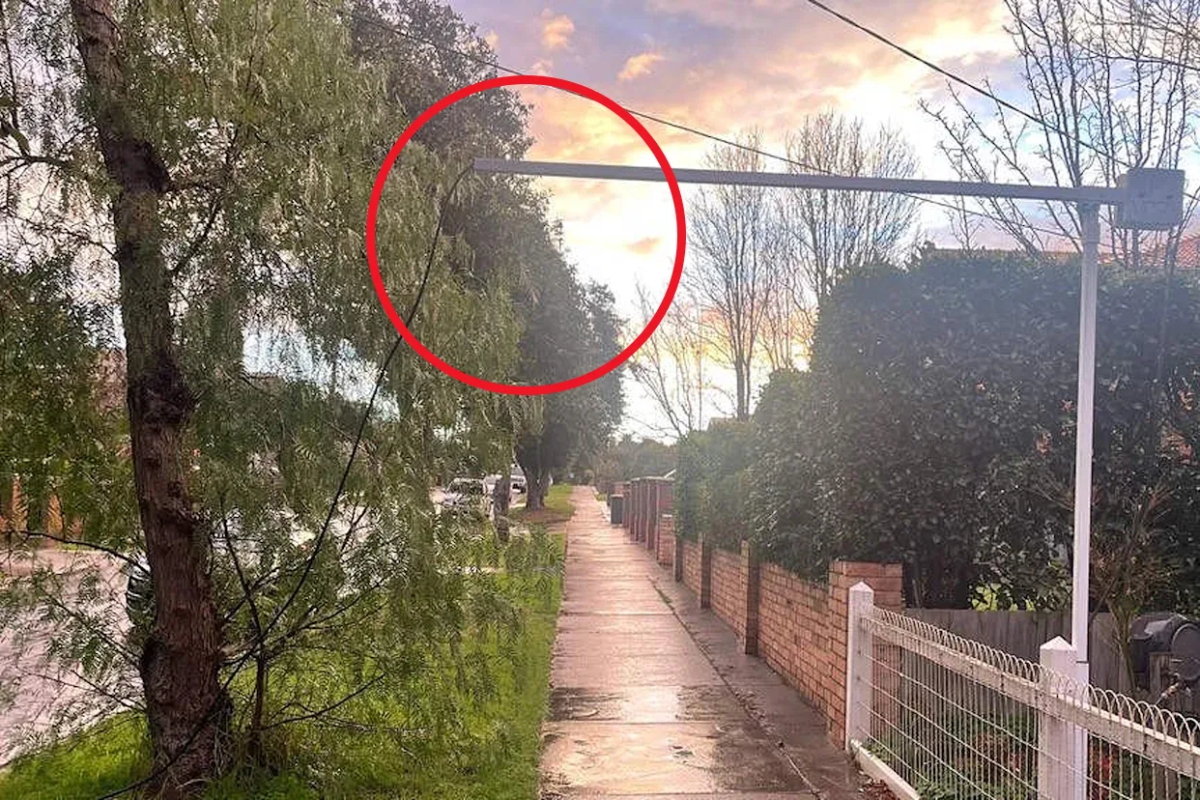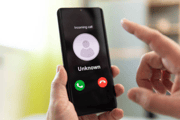
Picture rows of terraced houses lining Melbourne’s inner north—where driveways were as scarce as parking spots—while electric vehicle sales kept soaring across Australia.
By 2024, over 114,000 new EVs had been sold nationwide, smashing the previous record of 98,000.
Yet for many city residents, owning an EV had remained out of reach simply because they couldn’t charge one at home.
That was the problem a bold new Melbourne trial aimed to solve.
An inventive charging solution was being tested in Merri-bek, where up to 20 residents were preparing to trial boom-mounted EV chargers designed to stretch elegantly over footpaths.
The idea was simple but clever—keep pedestrians safe while allowing street-parked cars to charge overnight.
The breakthrough that keeps footpaths clear
The retractable boom charger looked minimalist: a slim arm extended from a garden post, curving gracefully over the walkway to suspend a cable well above head height.
The design ensured footpaths stayed clear of clutter and tripping hazards, even while vehicles topped up their batteries beneath.
Investment in kerbside and public charging had long been recognised as essential for EV adoption—especially for those without driveways—and this project directly tackled that gap.
‘We are excited to partner with Merri-bek-based start-up Vehicle Charging Solutions Australia (VCSA) to trial a home-to-street boom-mounted charging solution,’ said Merri-bek City Council Mayor Helen Davidson.
The trial began in September and had already attracted significant local interest.
'Council regularly receives enquiries from residents who would like to charge their car at home but don't have off-street parking.'
Each boom and post system cost between $2,000 and $3,000, which included the hardware, installation, and a 15-metre cable.
Participants covered the upfront expense, while VCSA handled setup and maintenance—potentially a cheaper option than traditional kerbside chargers that required costly underground work.
Why this matters more than ever
Australia’s EV market had been growing at record pace, with electric vehicles making up 9.5 per cent of new car sales by September 2024.
Analysts expected the national EV fleet to surpass 300,000 by early 2025.
The upcoming New Vehicle Efficiency Standard, set to take effect in 2025, was also predicted to drive further growth by encouraging carmakers to introduce more affordable electric options.
But with more EVs came more pressure. Merri-bek Council reported over 100 charging sessions daily across its public network—a small glimpse into the nationwide strain on infrastructure.
Australia's EV charging challenge by numbers
- Over 114,000 new EVs sold in 2024 (record high)
- 9.5% of new car sales are now electric
- 300,000 EVs expected on roads by early 2025
- Thousands of potential buyers without home charging access
The apartment dilemma
For those living in apartments, terraces, or older suburbs without garages, the lack of charging access had long been a dealbreaker.
Councils prohibited residents from running cables across public walkways for safety reasons, leaving many reliant on public charging points that were often limited or unreliable.
It wasn’t just a Melbourne issue either. Data from community reporting app Snap Send Solve revealed that charging accessibility ranked among the top local frustrations, with CEO Danny Gorog noting a spike in related complaints.
‘One of the easiest ways to save money right now is by driving an electric car—Australians can save thousands of dollars a year by avoiding high petrol prices and expensive mechanics costs,’ the report noted, though access to charging had continued to hold many back.
A scalable solution for Australian cities
The Merri-bek pilot offered a potential game-changer.
Its design allowed for faster, less invasive installation than typical public chargers, avoiding the need for street digging or complex electrical works.
To join the program, residents had to own their property, lack off-street parking, and not fall within a Heritage Overlay zone.
If deemed successful, VCSA hoped to partner with other councils to expand the concept nationwide—pending safety regulator approval.
Merri-bek had long been a leader in this space.
The council installed Victoria’s first public fast charger back in 2013 and now operated 22 public charging stations, plus another dozen across council facilities.
Even with such initiatives, Australia’s EV adoption rate remained below the global average.
But with trials like this underway and installations scheduled through November and December, experts believed the results could shape how cities across the country approached urban charging.
As Australia’s EV revolution continued to gather speed, the boom-mounted charger represented more than clever engineering—it symbolised inclusion for thousands of Australians who had been left out of the clean transport transition.
What This Means For You
Melbourne’s Merri-bek Council recently launched a trial of boom-mounted EV chargers to help residents without driveways finally charge their electric cars at home.
The retractable design lets drivers charge their vehicles while parked on the street, keeping footpaths clear and safe for pedestrians.
With over 114,000 new EVs sold in 2024 and adoption continuing to climb, this innovation could make the transition to electric driving far more practical for everyday Australians.
If the Merri-bek trial succeeds, similar installations could soon appear across other cities—making it easier for more people to leave petrol behind and embrace cleaner, cheaper transport.
While Merri-bek’s boom-mounted chargers offered a clever solution for safer footpath charging, not every attempt at home EV charging had gone as smoothly.
In some neighbourhoods, residents had taken matters into their own hands—running cables across public paths and sparking heated debates about safety and accessibility.
One viral incident captured just how complicated the EV transition could become when practicality clashed with public safety.
Read more: Build Your Dreams charging photo reveals major issues in Australian neighborhoods
2024 sets new record for EV sales in Australia — The Electric Vehicle Council reported that around 114,000 new battery electric and plug-in hybrid vehicles were sold in 2024, breaking the 2023 record of 98,000.
https://electricvehiclecouncil.com.au/uncategorized/2024-sets-new-record-for-ev-sales-in-australia/
Australia Hits 100,000 EV Sales in 2024 — Combined data from public sources and the Electric Vehicle Council showed that over 100,000 EVs were sold in 2024, surpassing the previous record.
https://afma.org.au/australia-hits-100000-ev-sales-in-2024/
State of electric vehicles 2024 — The report highlighted the importance of investing in public and kerbside charging infrastructure to support EV adoption, especially for those without off-street parking.
https://apo.org.au/node/329333
State of electric vehicles 2024 — EVs made up 9.5 per cent of new car sales by September 2024, with Australia expected to exceed 300,000 EVs in its national fleet by early 2025.
https://apo.org.au/node/329333
State of electric vehicles 2024 — Analysts projected that the national EV fleet would surpass 300,000 vehicles by early 2025.
https://apo.org.au/node/329333
The Rise of Electric Cars in Australia — Analysts predicted that EVs could capture up to 30 per cent of the market share by the end of 2025, driven by consumer demand and government support.
https://electricloans.com.au/the-rise-of-electric-cars-in-australia-ev-adoption-guide/
The Rise of Electric Cars in Australia — Forecasts suggested EVs could soon make up nearly 30 per cent of new car sales as adoption accelerates.
https://electricloans.com.au/the-rise-of-electric-cars-in-australia-ev-adoption-guide/
Australia Hits 100,000 EV Sales in 2024 — The AfMA noted that switching to EVs could save Australians thousands of dollars each year by avoiding petrol costs and expensive maintenance.
https://afma.org.au/australia-hits-100000-ev-sales-in-2024/
2024 sets new record for EV sales in Australia — Despite strong growth, Australia’s EV adoption rate still lags behind that of other developed nations.
https://electricvehiclecouncil.com.au/uncategorized/2024-sets-new-record-for-ev-sales-in-australia/
State of Electric Vehicles 2024 — The report reaffirmed that Australia’s EV adoption rate remains below the global average despite progress.
https://electricvehiclecouncil.com.au/wp-content/uploads/2024/12/1734312344781.pdf
State of electric vehicles 2024 — The report recommended policies to ensure new and existing buildings, especially multi-residential complexes, are EV-ready.
https://apo.org.au/node/329333
Could a boom-mounted charger like this finally make EV ownership practical for city dwellers without driveways?







